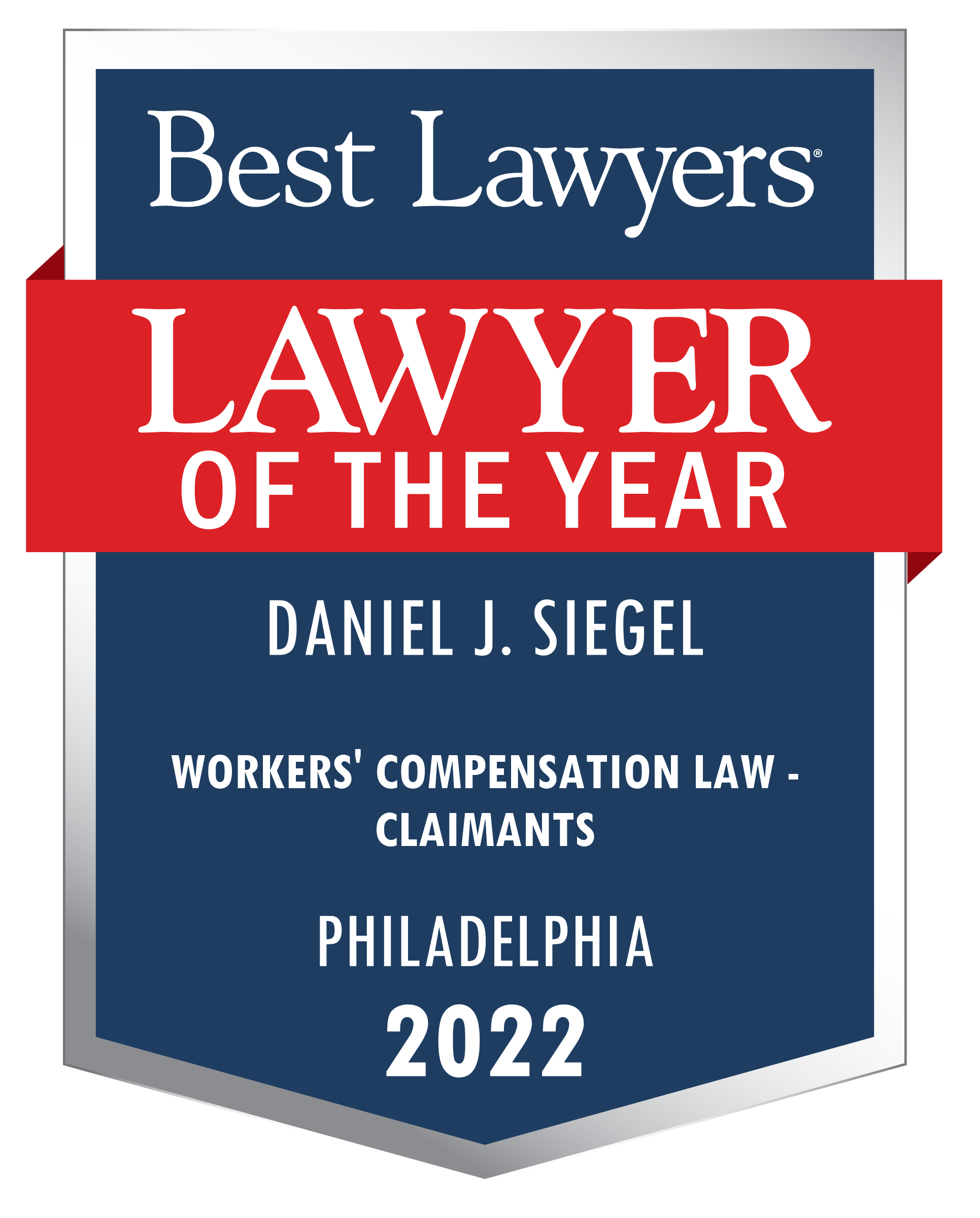Looks (First Impressions) Matter
In law school, legal writing professors teach us how to write like lawyers. But sometimes, in their desire to teach us how to think like lawyers, they forget that clear and persuasive writing is an essential piece of practicing law. Plus, because they (and we) are so focused on substance, we forget that the form matters as well. In my practice, which involves a significant amount of writing (briefs, appeals and other documents), I have discovered the importance of both form and substance.
Recently the ABA Young Lawyers Division published an article by Matthew Butterick addressing how the form of pleadings affects their efficacy. Mr. Butterick is the author of Typography for Lawyers and has a website by the same name (www.typographyforlawyers.com). The website lists many common typography mistakes (for example, the widespread belief that there should be two spaces after each sentence) and offers more advanced tips including font suggestions and the history of fonts (of interest for those of us who have used something other than Times New Roman, Arial and Courier). I was also pleased to see that my law firm already uses most of the best practices suggested by the author, and it was nice to have the confirmation that the thought that goes into formatting is worth the effort.
While bad case law or unfavorable facts may present a challenge to the substance of your argument, you can’t control that. Instead, as my 1L writing professor said, “Control what you can. Proofread.” You can also control the appearance of your briefs and pleadings, so take a moment to think about the look of them. First impressions matter.







